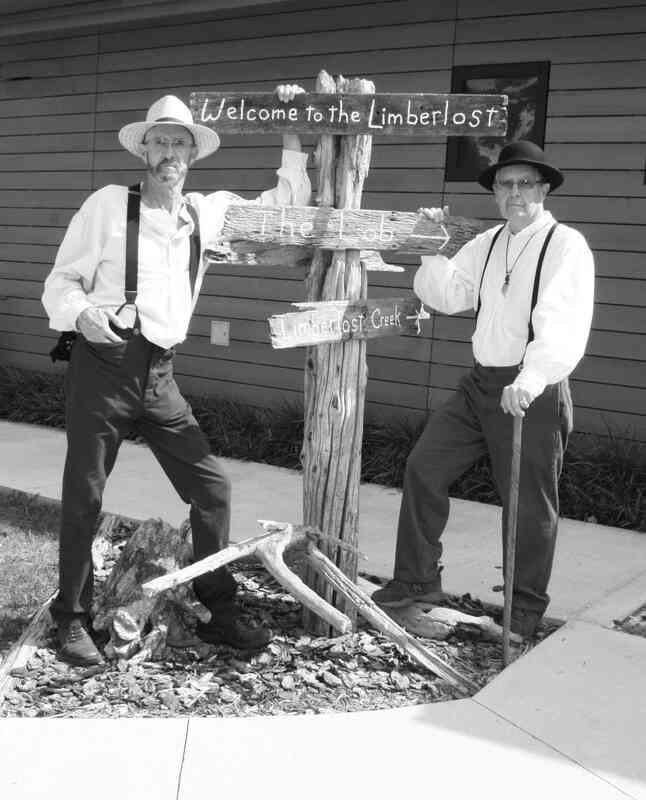The Limberlost Notebook
Wherein a Swamp Man Heeds the Call of the Limberlost
By Curt Burnette
"Eh labas! Comment ca va?" ("Hey there! How's it going?") This is how I was greeted by my Cajun co-workers years ago when I worked at a swamp tour outside of New Orleans. To which I would reply, "Ca va bien or comme si, comme ca or ca va ma! ("It's going well or so-so or it's going badly") - depending on how I felt.
My Cajun co-workers were the captains of the boats that took tourists down the bayous and into the swamps southwest of New Orleans. My job was to do educational programs under the tent where the tourists waited before they loaded onto those boats. I had interacted with Cajuns many times when I was the curator of the Louisiana Swamp Exhibit at the Audubon Zoo in New Orleans, but had never worked so closely with them on a daily basis before. I was embraced by them an accepted into their world, so in a way I became an honorary Cajun - Cajun Curt, the Hoosier on the bayou. I even own a Cajun dictionary and a Cajun canoe known as a pirogue.
I spent many years exploring and learning about the swamps and marshes of southern Louisiana. They are fascinating, legendary, famous places: the Atchafalaya, Honey Island Swamp, Manchac. I missed them when I returned to Indiana after Hurricane Katrina. When I got back to Indianapolis I re-entered the zoo world by working at the Indianapolis Zoo for several years. During that time, the closest I came to fulfilling my love of swamps and wetlands was using baby alligators while doing education programs. After I quit the zoo, I thought my swamp days were completely over.
But then, as I searched for new work, I discovered a job possibility that actually involved a swamp - a swamp made famous over 100 years ago by an Indiana writer. The Limberlost State Historic Site was looking for someone to fill their naturalist and program developer position opening. I was intrigued. A fascinating, legendary, and famous swamp seemed to be calling me. I applied for the job, was interviewed and offered the position. I took it and so I came to the Land of the Limberlost.
By the time it had become famous, the Limberlost was mostly gone. During the time Gene Stratton-Porter was writing about it, it was disappearing. But the Land of the Limberlost survives and the local citizens of that land still care about it. When I arrived I saw the on-going effort to bring back a version of the legend that fit the current world and I was impressed. After 10 months on the job I am still impressed. Next month I will tell you more about whey I like what I see and why I like where it is going Au mois prochain, mes amis (see you next month, my friends).

 RSS Feed
RSS Feed
